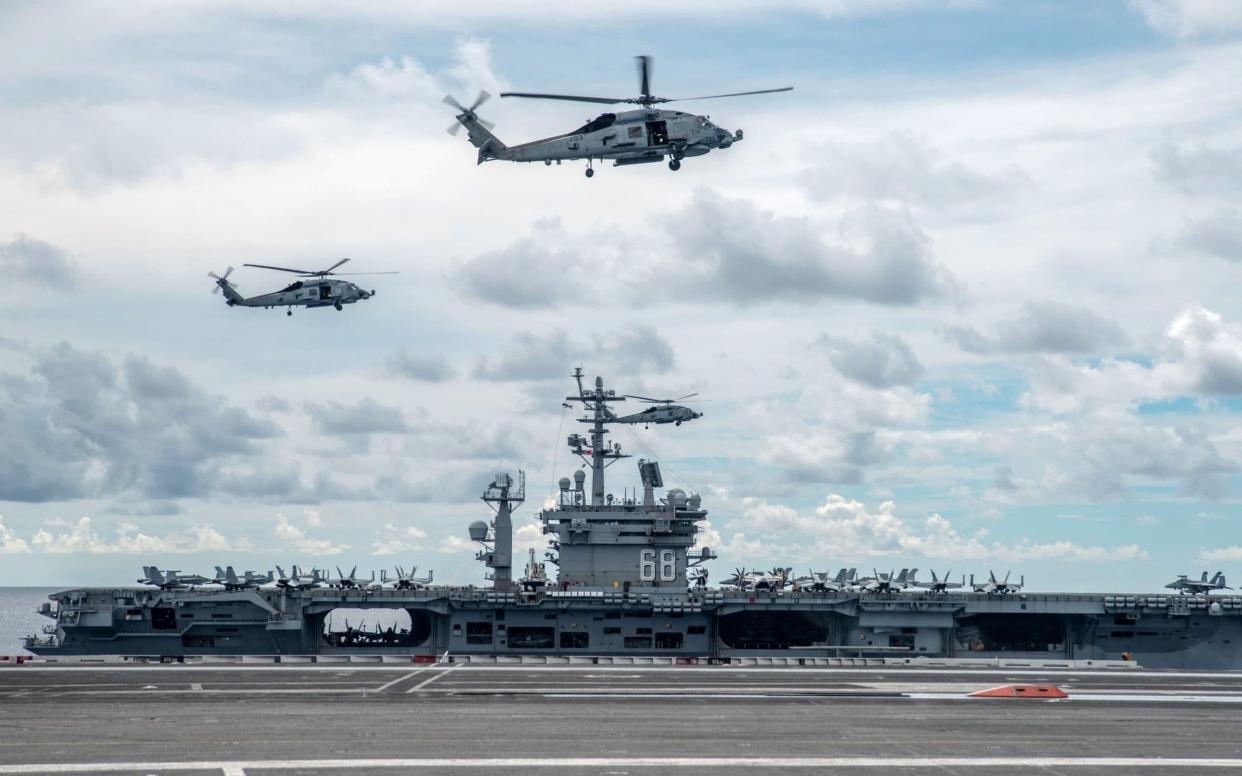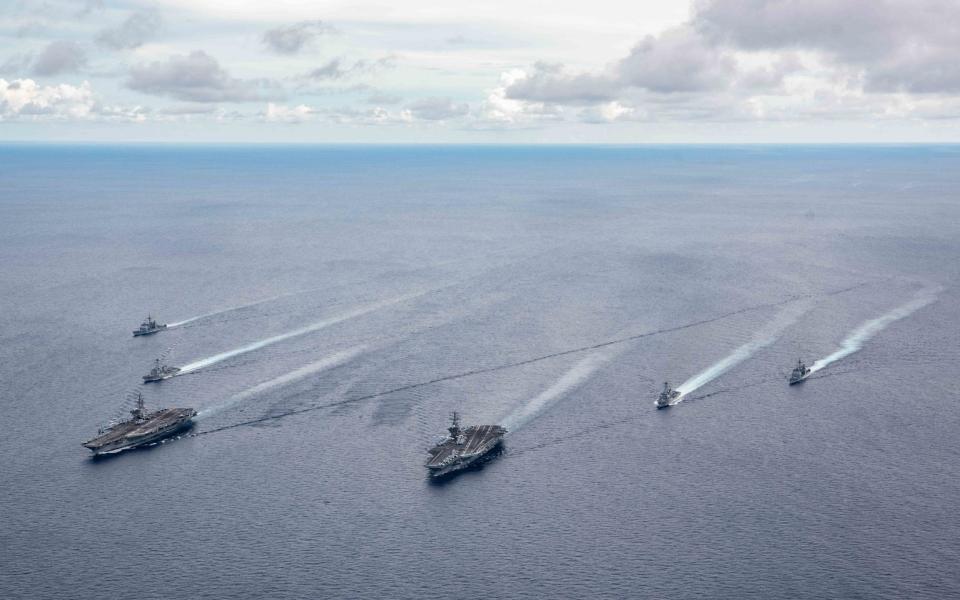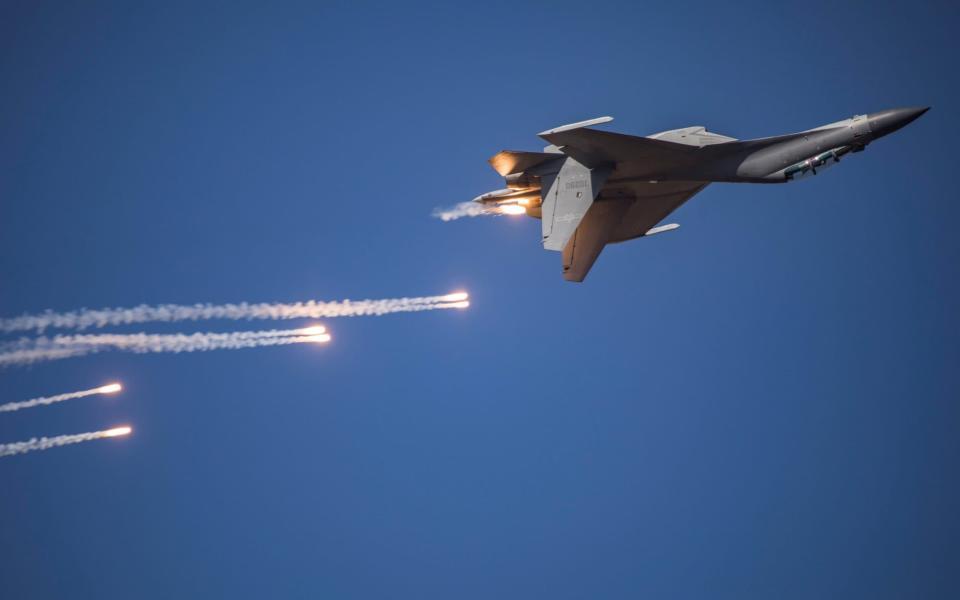World's largest naval exercise sparks more friction between US and China

The world’s largest naval exercise begins off the coast of Hawaii on Monday as diplomatic tensions escalate between the US and its allies and China over Beijing’s territorial ambitions in the Indo-Pacific region.
Several countries participating in the joint exercises, billed by the US navy as strengthening alliances to “ensure a free and open Indo-Pacific” have raised concerns about China’s attempts to assert its control over critical trade routes and waterways. They include Australia, Japan, the Philippines and India.
The coronavirus pandemic has forced the biennial Rim of the Pacific (RIMPAC) event, hosted by the US Pacific Fleet, to scale down from 25 to 11 nations, about 20 ships and 5,300 personnel, and its drills, which will now only be conducted at sea, have been whittled down from the usual five weeks to two.
However, the exercises have riled Beijing, which was not invited to participate, despite taking part in 2014 and 2016. China was disinvited in 2018 by the Trump administration which accused it of militarising disputed areas of the South China Sea.

Chinese state media has lashed out at the US in the run up to RIMPAC. The Global Times in particular has issued several barbed commentaries on Washington’s attempts to flex its military muscle and “strongarm” allies to join the exercise.
“The US can test its partners in the RIMPAC But when it comes to a real battlefield, will the US still be able to assemble that many allies?” it asked last week.
On Monday, the state-run paper chided the US for ignoring a petition by Hawaiian citizens to call off the event over coronavirus fears.
China, however, in recent weeks has stepped up its own show of force in the Indo-Pacific region, carrying out drills both in the South China Sea and in waters near Taiwan, an island democracy and US ally that Beijing claims as its own and seeks to annex.
On Sunday, the People’s Liberation Army garrison in Hong Kong released footage of a live-fire drill in the South China, firing cannons and torpedoes and carrying out anti-submarine training, in what military analysts said was a warning to Taiwan.
The footage emerged a day after the US navy said a strike group led by the USS Ronald Reagan had conducted maritime air defence operations.

Indo-Pacific experts have warned the region is heading towards a dangerous juncture.
Writing in the Lawfare Blog, Kurt Campbell, former Assistant Secretary of State for East Asian and the Pacific and Ali Wyne of the Atlantic Council, said deteriorating ties between the US and China, in part fuelled by the pandemic, made current dynamics “even more conducive to inadvertent escalation.”
Dr William Choong, a senior fellow at the ISEAS-Yusof Ishak Institute in Singapore, told The Telegraph that “you can’t divorce China and RIMPAC from the broader tensions in the Sino-US relationship.”
He added that in the bigger picture “it looks like the Chinese are getting increasingly impatient, although I think that it’s an action reaction cycle that you see between the Americans and the Chinese – you can’t really ascertain who started this in a sense.”
Ultimately the situation was “worrying,” he said, as unlike during earlier regional clashes, “the balance of power has quite significantly shifted towards the Chinese side, in terms of the capabilities that the Chinese are able to bring to the table, which are significantly larger.”
Meanwhile, the US and South Korea will also begin their annual joint military exercises this week.
Despite a low key programme due to the pandemic, mainly involving computer-simulated war scenarios, the drills beginning on Tuesday may still irk North Korea, which views the allies’ training as invasion rehearsals.

